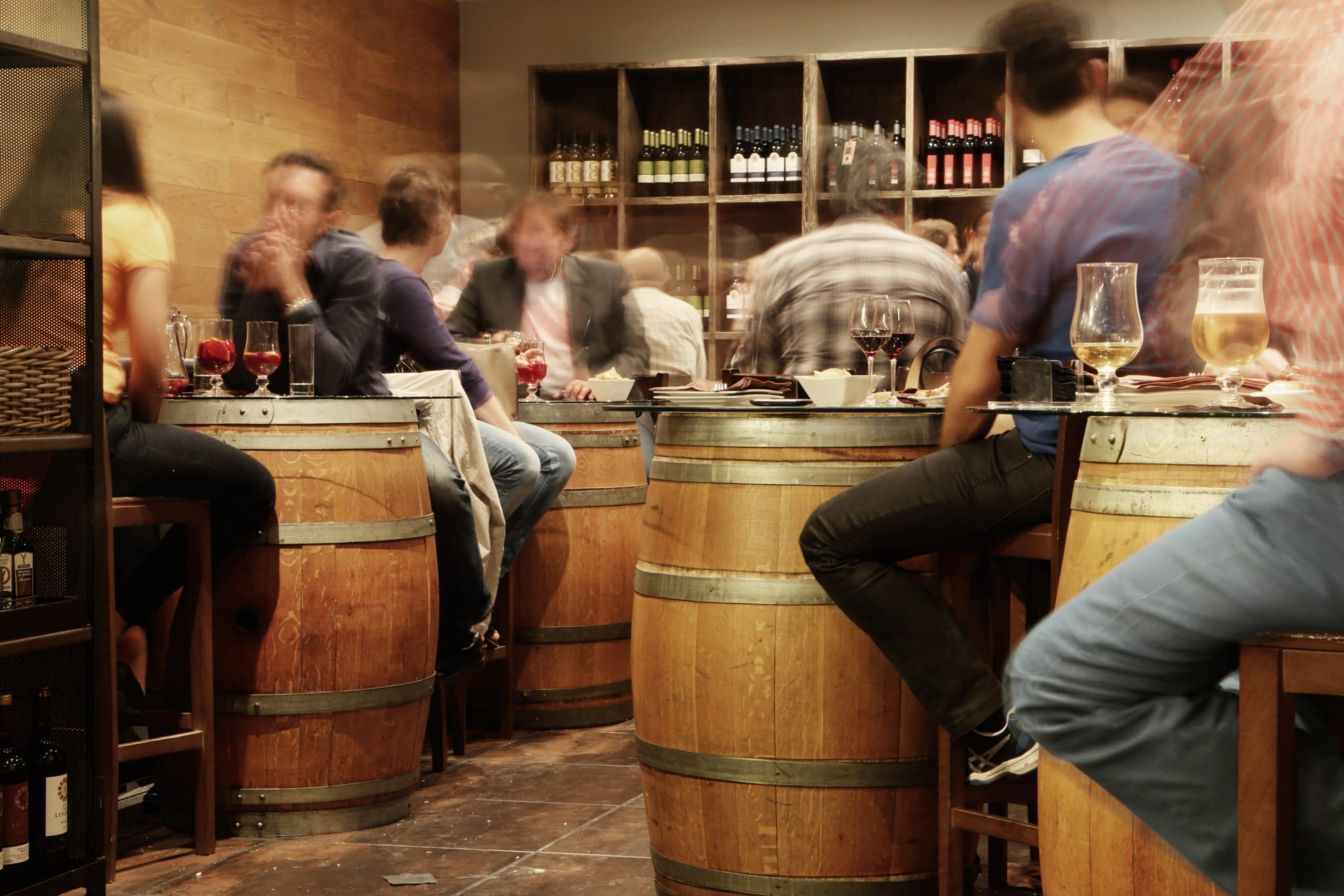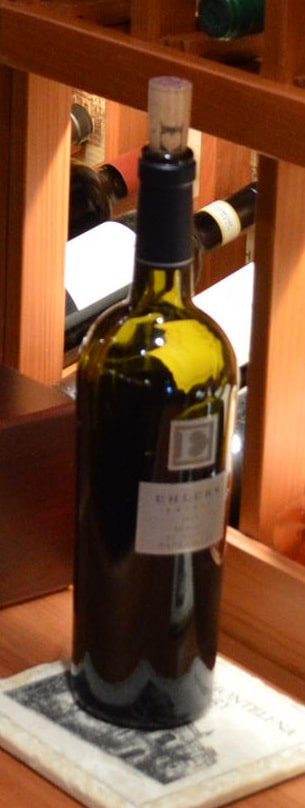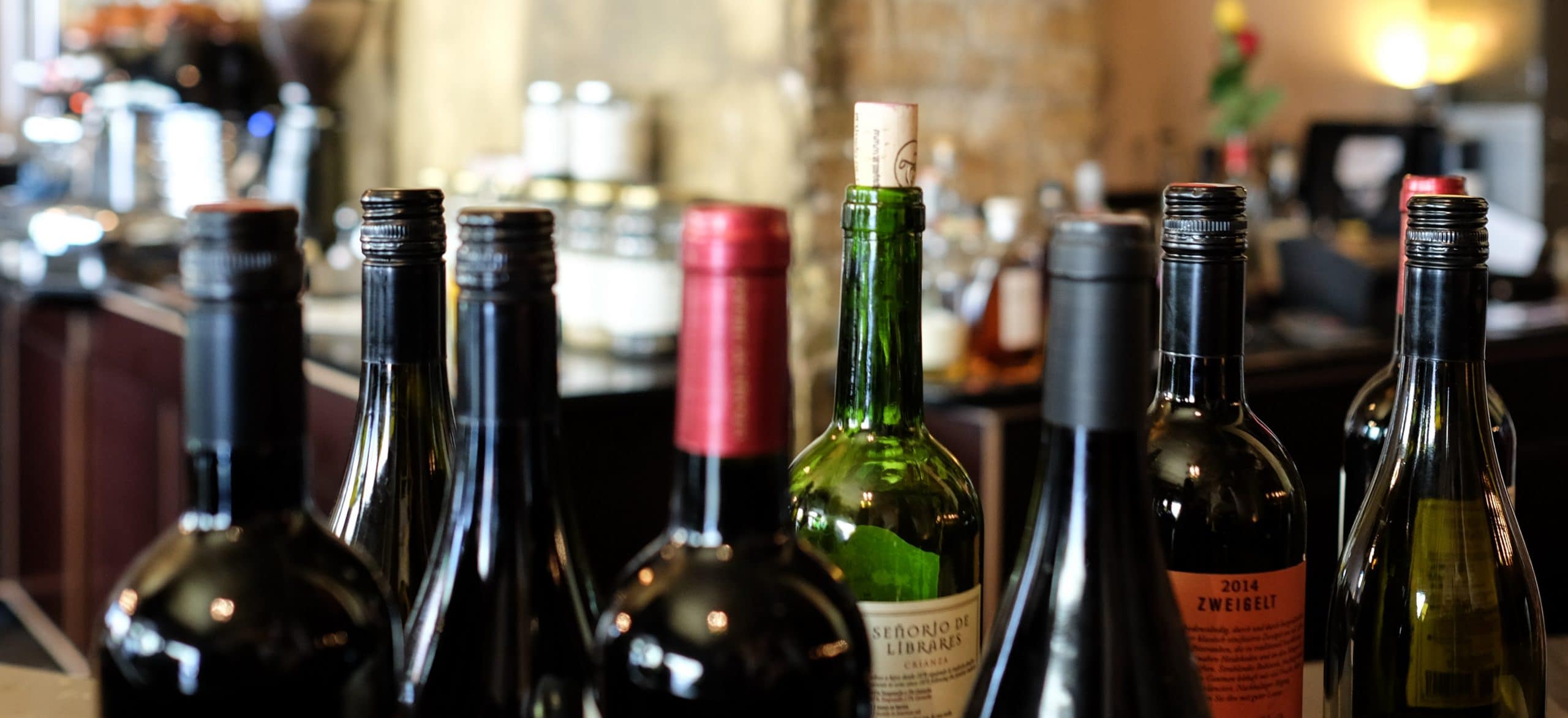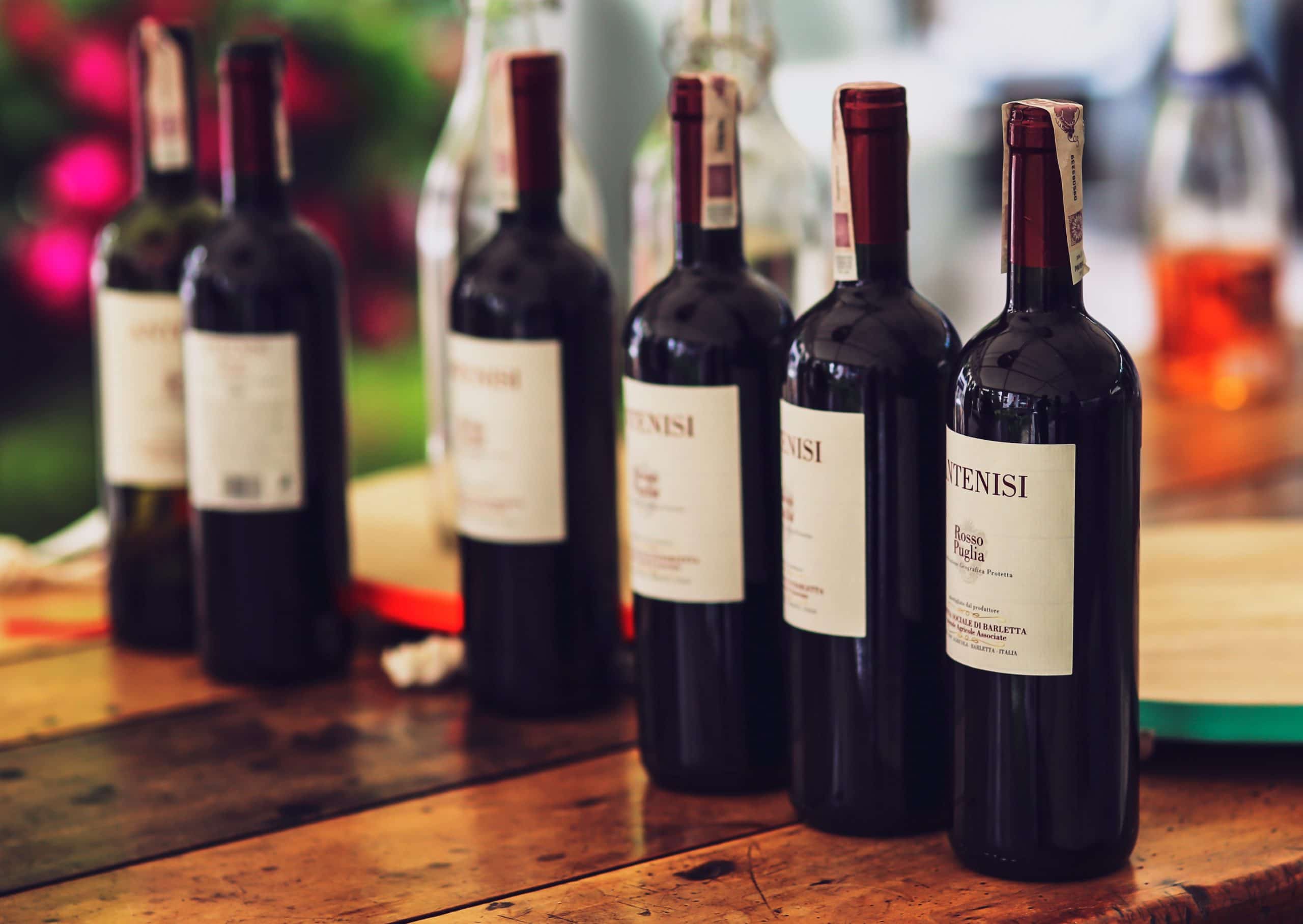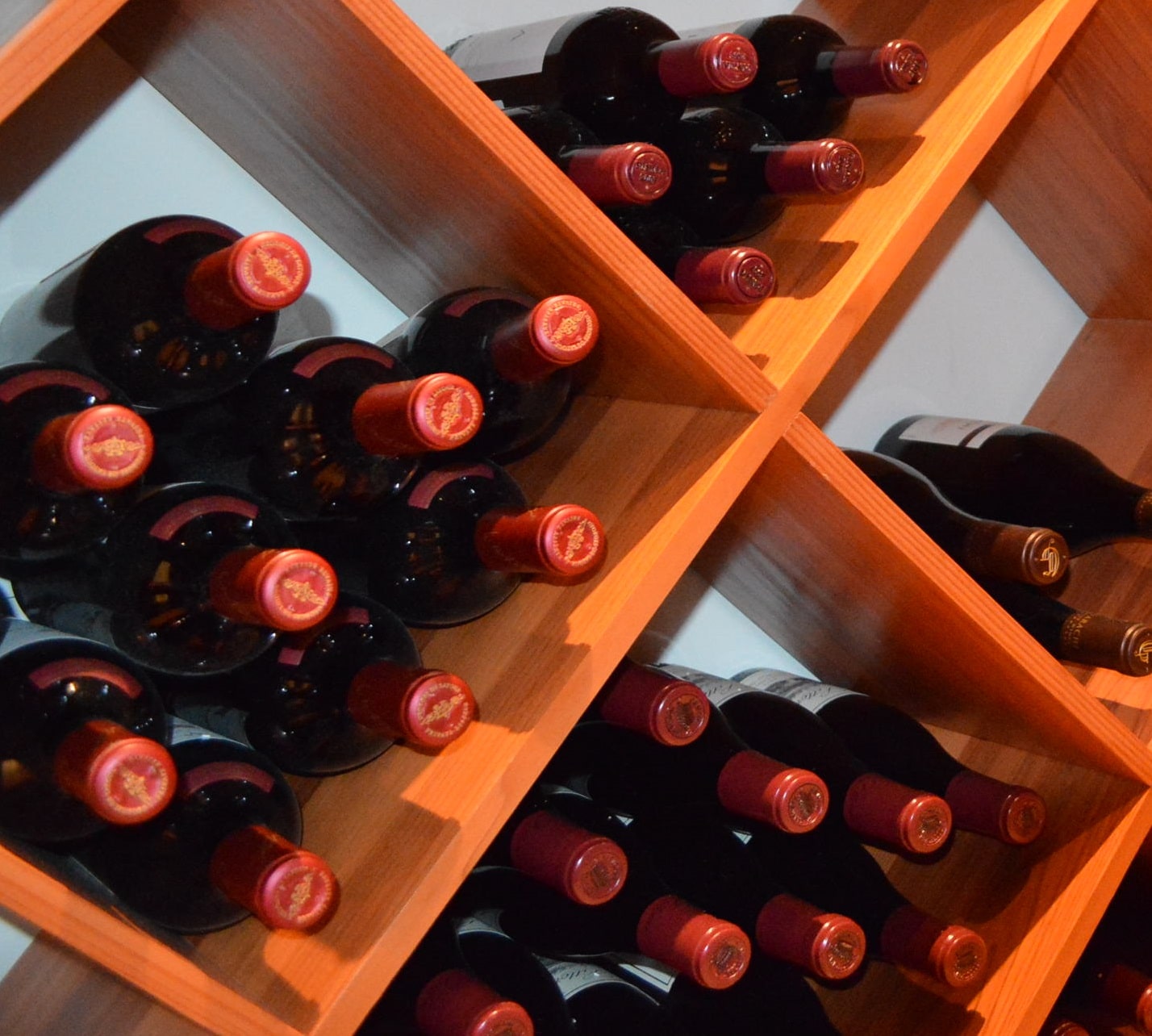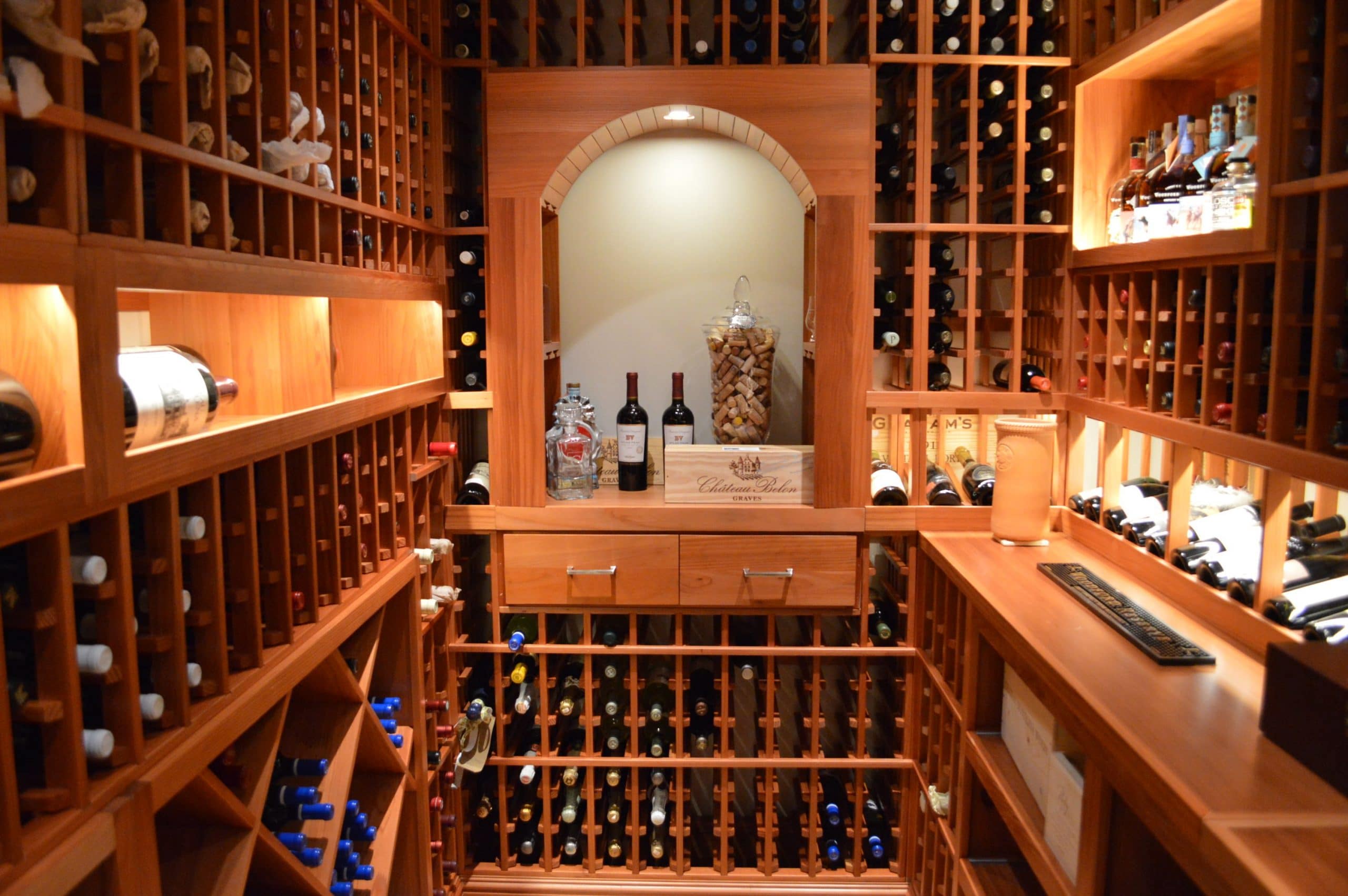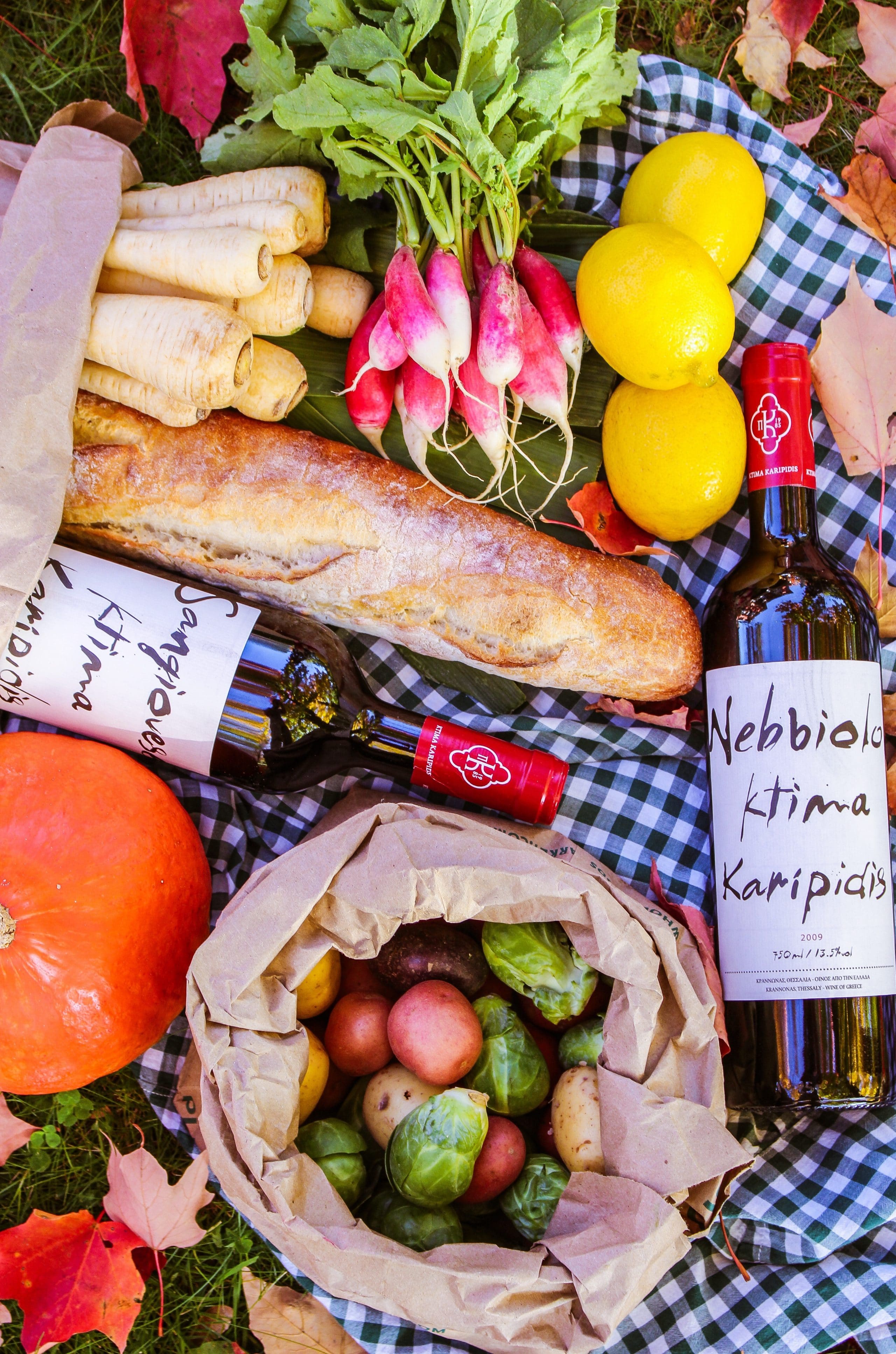
The Art of Drinking Wine – The Indispensable Use of the Three Senses
Wine is a complex beverage. There are certain flavors that are subtle, while some are more pronounced. There are aromas that are easily detected, while there are those that take time to reveal. To fully appreciate this complexity, one has to go through different levels and comprehensively sift through its flavors and aromas. There are three steps to tasting wine: look, smell, and taste. All three are necessary to have a completely fulfilling wine tasting experience.
1. The Sense of Sight: Observe Your Wine Carefully
The first thing that you should do after pouring a glass of wine is to examine it. Make sure that the glass is less than half-full. Tilt the glass above a white background (e.g. tablecloth). Each type of wine has a unique appearance. Observe for the following:
 a. Color.
a. Color.
Red can appear with a variety of shades, like ruby, crimson, brick, or violet.
b. Clarity.
Can you see right through the liquid? Observe for murkiness or cloudiness. Cloudiness could be a sign that the wine is damaged.
c. Body
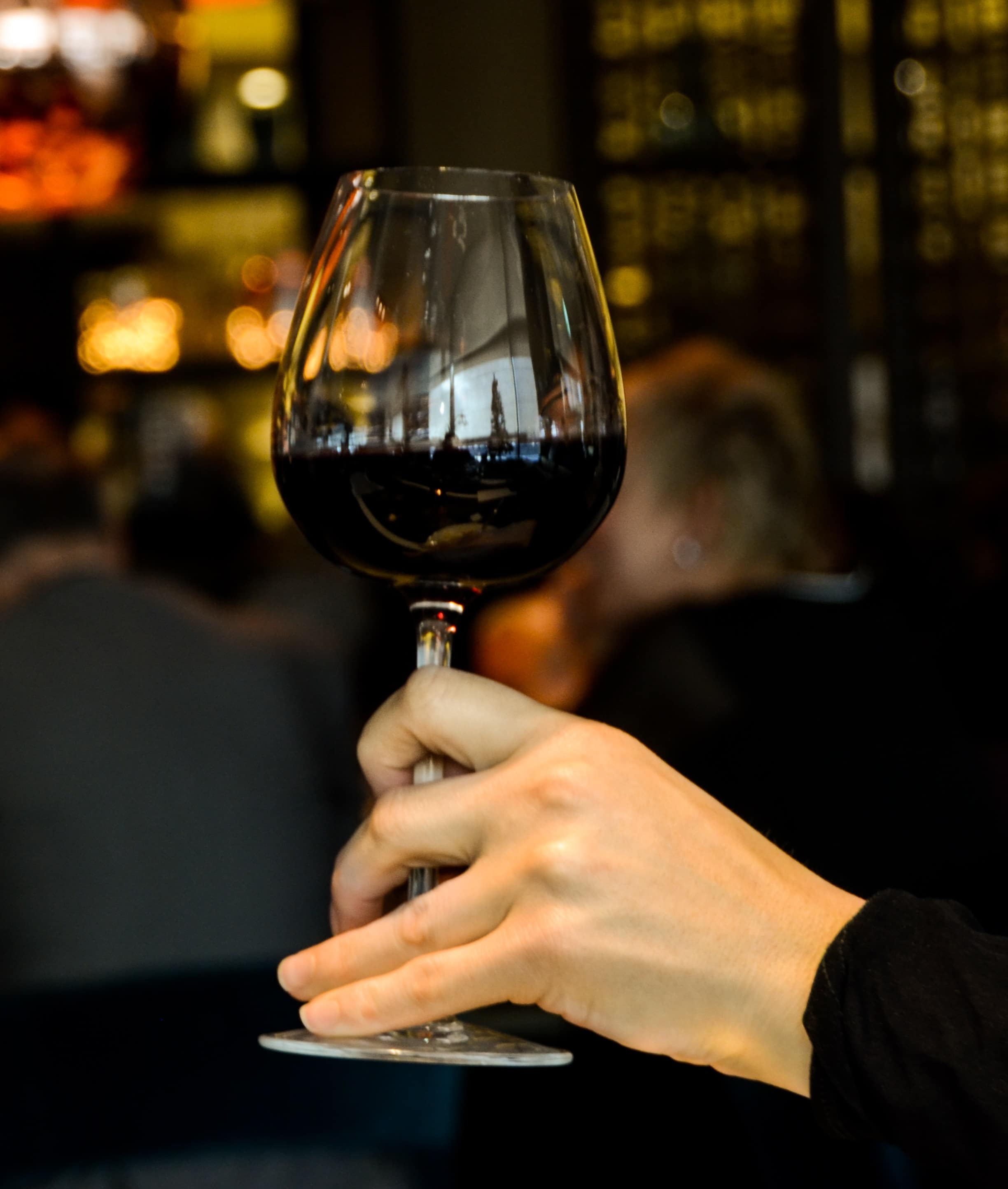
Note: Besides determining viscosity, swirling wine is also helpful in making oxygen mix with the wine. The right amount of oxygen mingling with the wine can help the beverage to open up, which means that its aromas will become more enhanced and its flavor becomes more pronounced.
2. The Sense of Smell: Sniff the Wine
The next level of this wine tasting experience requires the use of your nose.
You ask, “Why do I need to smell a glass of wine when I could just drink it to enjoy it?”
The first reason is to build that wonderful feeling of anticipation. Notice that when you wait for your meal to be served, your appetite increases if you can smell the food being cooked. You’re more excited to eat your dish when you can smell the scrumptious scent of sautéed garlic and roasted spices drifting from the kitchen to your nostrils. In the same way, your wine tasting experience becomes a level higher when you sniff the glorious aromas of your wine before you take a sip.
Another reason is that a complete wine drinking experience involves the fusion of your sense of smell and taste. The oropharyngeal cavity or the area that connects your throat and nose is the reason why we experience flavors in our mouth. We smell the aromas through our nose and then our tongue confirms the flavor when the wine touches our tongue. When we drink a glass of Cabernet Sauvignon, for instance, the black currant and leather flavors that we taste are a result of re-smelling the odors we’ve picked up through our noses before the liquid enters our mouths.
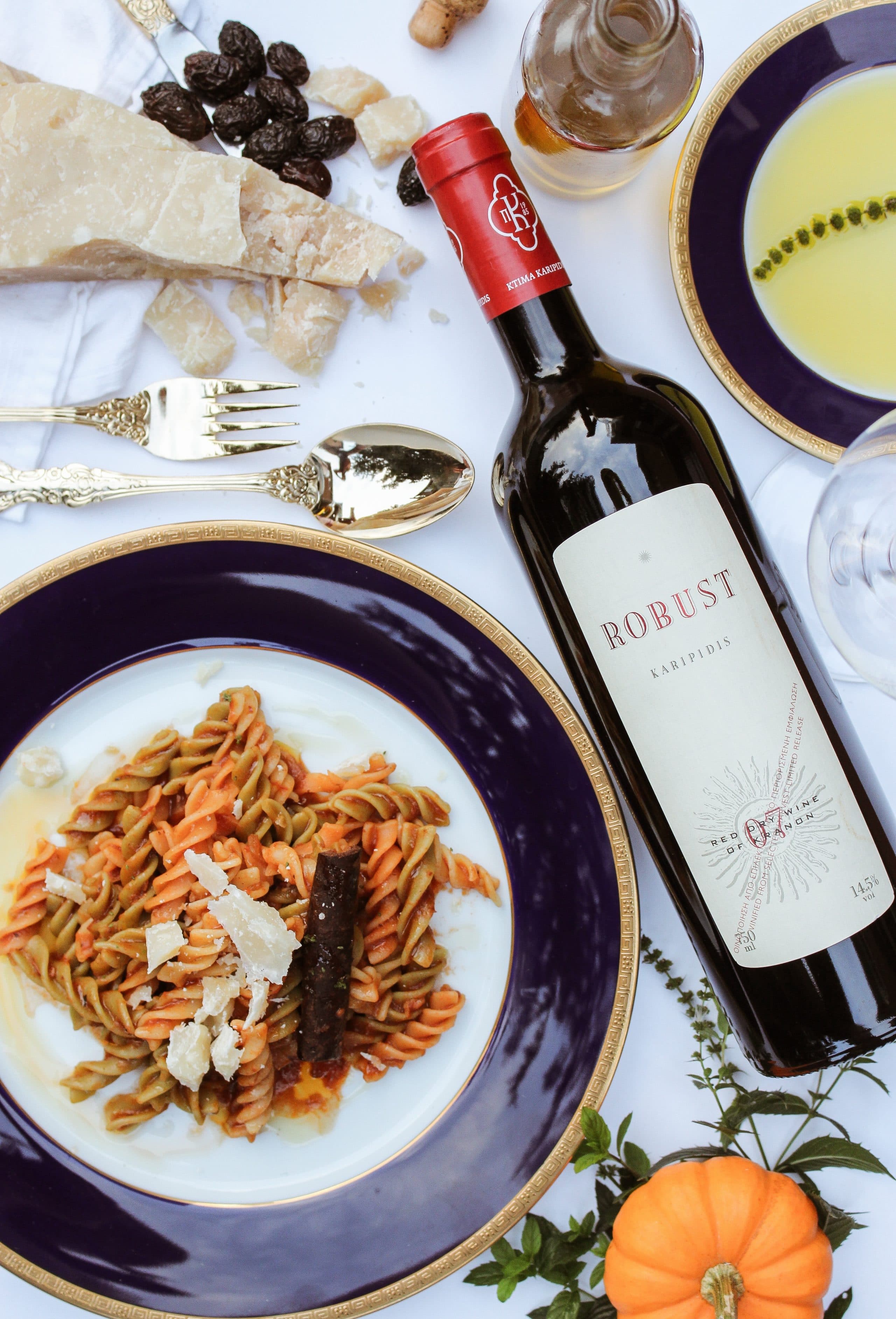
3. The Sense of Taste: Drink The Wine
Finally, it’s time to consummate your experience with wine! Although drinking wine can be as easy as opening your mouth and gulping the beverage, genuine vino enthusiasts suggest taking your time in this stage. Instead of quickly guzzling a glass of wine bottoms-up, take moments to enjoy the beverage sip by sip.
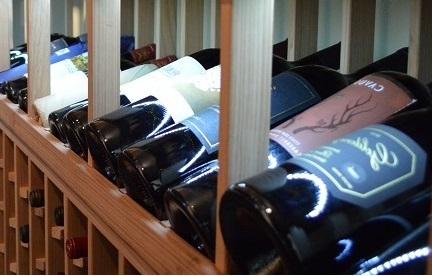
Take time to appreciate the texture of the wine as well. You’ll notice that some red wines are markedly full-bodied and they can feel chewy with an interesting punch, while others are distinctly light-bodied and they flow down your throat smoothly. There are white wines that are quite acidic but have a texture that is as smooth as water, while others are rich and have the consistency of syrup.
A Wine Cellar with an Interesting Selection of Bottles to Explore
Engage yourself in the wonderful world of wine tasting. If you have a wine cellar, fill it with a collection of bottles that you intend to explore. Take notes from each wine variety that you try and compare them with each other. You could remove bottles that don’t suit your taste, and you can add more of a certain kind that you enjoy.




